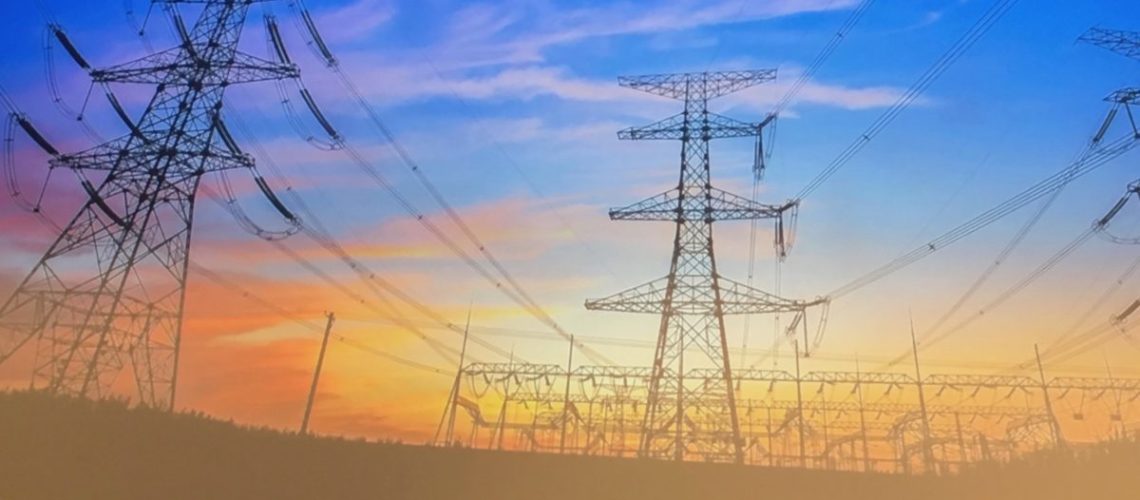More than 100 utilities across 41 states, serving over 50% of U.S. electric utility customers, responded to a Smart Electric Power Alliance (SEPA) survey related to the group’s work toward a carbon-free electricity system. SEPA’s 1,000 members include 700 utilities.
Utilities responding to the survey reported their status across numerous metrics related to solar and storage deployment, as presented in SEPA’s survey report titled “2023 Utility Transformation Profile”:
- Procurement: 60% of utilities procuring generation conduct a competitive, all-source procurement open to all types of resources, including renewables and storage, and of those, 44% show the reason for selecting winning bids, representing 26% of utilities that procure generation.
- Distribution system management: 70% of responding utilities have or are implementing an advanced distribution management system, while 40% have or are implementing a distributed energy resource management system, which permits a utility to control distributed resources to provide grid services. The rooftop solar firm Sunrun has opposed a plan by a Pennsylvania utility to control all new distributed energy resources.
- Distribution system voltage and frequency: 60% of responding utilities have employed at least one type of technology on distribution circuits to maintain voltage and frequency within accepted limits.
- Smart inverters: Although energy exported from solar and storage can raise voltage on a circuit, if these resources have smart inverters with certain settings activated, they can keep voltage stable on distribution circuits as more solar is added. 20% of utilities responding have implemented the latest standard for smart inverters, known as IEEE 1547-2020.
- Transmission utilization: Three technologies can increase transmission utilization, and of the utilities responding, 47% have employed the first type, advanced power flow control technologies, which redirect power away from overloaded lines and onto underutilized parts of a transmission network. 49% have employed dynamic line ratings, which can allow for greater transmission utilization, especially for wind power, by considering factors that affect transmission line temperature and sag, such as wind cooling. No utilities reported using topology optimization, which uses software to identify which transmission line circuit breakers should be switched open or closed to route power flow around congested elements.
- Storage: 61% of responding utilities either employ storage on distribution circuits or plan to do so, while 48% either employ storage on the transmission grid or plan to do so.
- Distributed solar interconnection: 95% have interconnection procedures that include a simple, expedited review process for smaller, less complex inverter-based systems, and 66% have provisions to accommodate distributed storage.
- Time-varying rates: 71% offer time-of-day rates, and 19% report offering real-time pricing that encourages customers to use low-cost power when renewable generation is highest.
- Integrated distribution planning: 32% employ integrated distribution planning, and 19% are considering such planning, which can include hosting capacity analysis to identify circuits that can handle more solar without upgrades, and an evaluation of “non-wires alternatives,” such as distributed solar and storage, that can defer or substitute for grid investments.
- Energy efficiency: 88% of responding utilities have a residential energy efficiency program, including 70% with provisions specific to low-and-middle income customers or other disadvantaged communities. Energy efficiency is a good substitute for long-term storage, the national laboratory NREL has found.
- Large customer options: 78% help large customers reach their goals regarding their emissions, carbon footprint, or ESG (environmental, social and governance) standards. SEPA notes that “if utilities fail to present their customers with a variety of clean-energy options, customers may seek those options from other providers.”
- Utility ownership of customer-sited resources: 36% of responding utilities offer to own and maintain customer-sited distributed energy resources, such as electric vehicle charging infrastructure, solar, and/or storage. Some utilities may control these resources for demand response, when consumption by other customers is high.
- Electric vehicle incentives: 61% offer incentives for electric vehicles or EV chargers, either to residential or commercial customers, while 53% own and operate public EV charging infrastructure, and 29% offer an EV demand response or demand flexibility program.
Overall, SEPA presented its findings in a set of 37 bar charts. SEPA’s report named 12 utilities to its utility transformation leaderboard, for demonstrating the greatest progress and leadership.
SEPA said that “the modern carbon-free electricity system will require changes to almost every aspect of a utility’s operations, including its energy mix, transmission and distribution systems, planning processes, customer programs, technology, culture and workforce.”



